More than 30,000 troops are engaged in what increasingly looks like a fight to the finish in the Donetsk and Luhansk oblasts. Forces have been marshaled from the army, police and border guard.
Also, some 2,000 of them are volunteers who provided muscle during the EuroMaidan Revolution that succeeded on Feb. 22 in ousting President Viktor Yanukovych, who is hiding from mass murder charges in Russia.
Andriy Parubiy, the secretary of the National Security and Defense Council, says their presence is crucial for bolstering the nation’s broken army and raising its combat spirit. “People came forward asking for weapons and saying we will fight,” Parubiy recalls. “We had to find a mechanism to channel this. The fact that we managed to direct this huge energy of Maidan towards protection of the motherland, this helped a lot.”
The nation has 22 volunteer battalions, but only eight to 10 of them are taking part in the anti-terrorist operation in eastern Ukraine at any given time. They are all part of the official law enforcement structure and take orders. Their names, however, are informal, a reference to their revolutionary history.

“These are the guys who stood on Maidan,” says Parubiy, who was in charge of self-defense troops during the revolution. After taking on his new role, he continued to coordinate the self-defense units and oversaw their training and incorporation into the formal structure of Ukraine’s law enforcement bodies.
Parubiy describes them as “high level professionals” and says that “none of the battalions act on oligarch orders, or act on their own.”
Here’s a guide to the battalions fighting with Ukraine’s armed forces and law enforcement units to defend Ukraine:
Ukraine’s army
On paper, Ukraine started the year with 168,201 people in its armed forces. More than 125,000 of this total were actual soldiers; the rest were supporting personnel. However, in March, when the Russian invasion started, then-Defense Minister Igor Teniukh said Ukraine only had 6,000 battle-ready troops. Moreover, after the Russian annexation of Crimea, the army could not even evacuate its own armored personnel carriers and other machinery for one simple reason: it had no fuel to do so.
“We had to learn to fight really quickly, on the march, at the same time as we had economic crisis,” says Andriy Parubiy, secretary of the National Security and Defense Council. He adds that the army is undergoing a major transformation now, in terms of equipment, training and willingness to fight. He said initially men had a psychological problem because they found it difficult to think of events in eastern Ukraine as war. Now they do.
Border guard
There are 50,000 border guard troops in Ukraine, but only 8,000 are professionals. The rest are considered part of an army serving as border troops. All of the troops combined have to protect close to 7,000 kilometers of land and sea borders.
Police, National Guard
There are 245,000 official employees in the Interior Ministry, including 172,000 police officers. Ukraine’s National Guard currently has more than 30,000 men enlisted, most of whom joined since the start of war against separatists.
Aidar battalion
This battalion is part of the army and it is partially formed from fighters coming from eastern Ukraine who know the region well. Making them crucial in freeing Donetsk Oblast’s Svatovo, Shchastya and Starobilsk from Kremlin-backed aggressors. They are also manning checkpoints in the area.
“When we took Shchastya, there was not a single shot fired. The peculiarity (of this battalion is that) there are lots of locals who conduct the most painful parts of the operation most effectively. But they conduct it at the order of the commander. They have a lot of advantages and can act effectively,” says Parubiy.
There are around 300 people in this battalion, formed mostly from Luhansk self-defense units of the EuroMaidan Revolution. They have lost eight men in the fighting, and dozens have been injured. Four have been taken hostage, according to data from the National Security and Defense Council information center.
Luhansk and Artemovsk battalions
The Dnipropetrovsk Oblast police force formed these battalions in early June. Each of them has 200 members, and the plan was to eventually incorporate them into Dnepr-1, the first battalion formed in the region.
Oleksiy Shcherbatov, the Dnipropetrovsk police spokesman, told Ukrainian journalists on June 2 that “the battalion will be formed from citizens of Ukraine who by their physical abilities, after a number of checks, could be workers of the police force.” They are subject to the same criteria as members of police force.
The Luhansk battalion crowd-funds at least some of its equipment. Its Facebook page carries a photograph of two masked fighters with the message: “Thank you, Alina from Help Army.” The message explains that the volunteer organization bought “excellent flak jackets” for them.
First battalion of the National Guard
Made up of fighters from various Maidan self-defense units, this battalion has become somewhat of a flagship project, and was one of the first volunteer units to be trained and go to battle in eastern Ukraine alongside the army. The battalion manned checkpoints close to Sloviansk and Kramatorsk, the separatist strongholds that were liberated on July 5. These are the people who first entered Sloviansk as separatists retreated. They have lost two men fighting, and dozens have been injured. They are part of the police force.
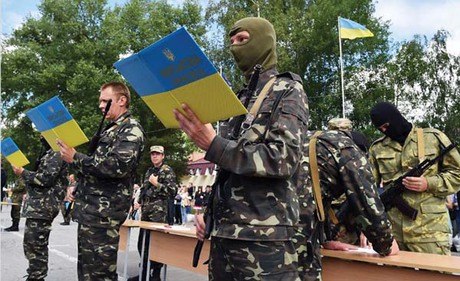
Second battalion of the National Guard
This battalion has a similar history to the first one, and is also part of the police force. It was used to rotate the troops in hot spots. It was the intelligence unit of this battalion that raised the Ukrainian flag over Sloviansk. Several of their men were wounded.
K1 or Kyiv 1 battalion

Formed mostly of the “Seventh Hundred” of Maidan’s self-defense troops, this battalion now is part of the police force. Its first combat experience was in Odesa, but now it has been relocated to southern Donetsk Oblast, according to the information center of the National Security and Defense Council.
Azov battalion
Part of the police troops, this battalion was manned by people stemming from various organizations that were part of the Maidan movement, such as AutoMaidan (the agile, motorized part of the protest), Bratstvo and self-defense troops. Members also include some from the radical nationalist group Right Sector. Based in southern Donetsk Oblast, it was engaged in the fight for Mariupol, a key Azov Sea port city that is essential to control in order to have the Russian border sealed off. It has many locals enlisted.
Currently, the fighters of Azov comb the shores of the Azov Sea looking for subversive groups from Russia, according to a Hromadske TV report. “There are several very serious groups operating. This is not the level of the DPR (Donetsk People’s Republic). I think this is the level of the brotherly neighboring state. They are directly waging war against the Ukrainian army and border guard. (We’re) conducting active work against them,” Andriy Beletskiy, commander of the battalion, said on July 8.
Donbas battalion
A special unit of the police, the group was first seen in action on May 2, when a shaky video posted on YouTube showed the black-clad battalion wielding Kalashnikov rifles, destroying a separatist checkpoint near Krasnoarmiysk, 67 kilometers from the rebel stronghold of Donetsk. During the raid, the patriotic militiamen captured 15 rebels and seized three automatic rifles, which it they then exchanged for cash.
Sergey Yeriomin, the militia unit’s vice commander and a former businessman before the crisis, explained to the Kyiv Post in May how the unit operates. “We crowd-fund on the Internet, including publishing our bank details on Facebook, and we use our own money,” he said.
The battalion took part in many fights in the western Donbas region, and lost five men. Dozens have been wounded.
Dnipro, or Dnepr battalion
Its creation was announced on April 14 by deputy head of the Dnipropetrovsk Oblast administration Hennadiy Korban, who said he came to an agreement with Interior Minister Arseniy Avakov. The battalion is believed to be financed by billionaire oligarch turned governor of Dnipropetrovsk Oblast Ihor Kolomoisky. Unlike many battalions, this one is extremely well- equipped and armed, and its recruits wear identical black uniforms. This is how a commander of a rival Dnipro battalion described it: “They’re bedecked with weapons like spacemen.”

Other fighters
There are other special units operating in the war zone, such as the Omega and Jaguar special units. “They showed themselves at the highest professional level,” says Parubiy of the National Security and Defense Council. Moreover, the Right Sector – the militant wing of the EuroMaidan Revolution that has become a favorite Kremlin bogeyman – is also fighting in the east. A video posted by activist Olena Bilozirska on July 6 showed the exhausted leader of this right-wing organization, Dmytro Yarosh, speaking to his men after a fight by the village of Karlivka in Donetsk Oblast alongside the Donbas Battalion. In the video, Yarosh talks about what went wrong, but praises his men for “achieving the goal” – diverting separatists from Donetsk to fight against the Right Sector.
Kyiv Post editor Katya Gorchinskaya can be reached at [email protected]
You can also highlight the text and press Ctrl + Enter


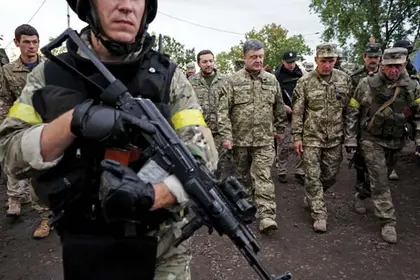

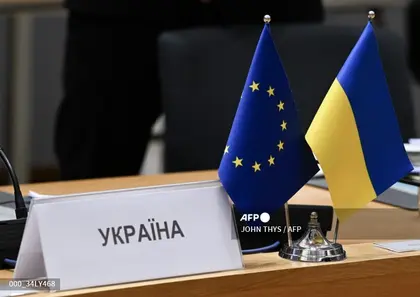
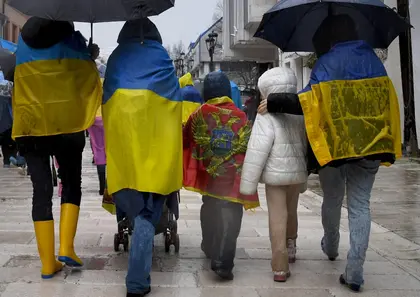
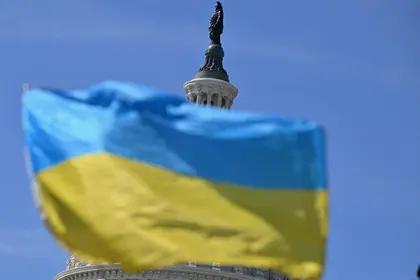
Comments (0)